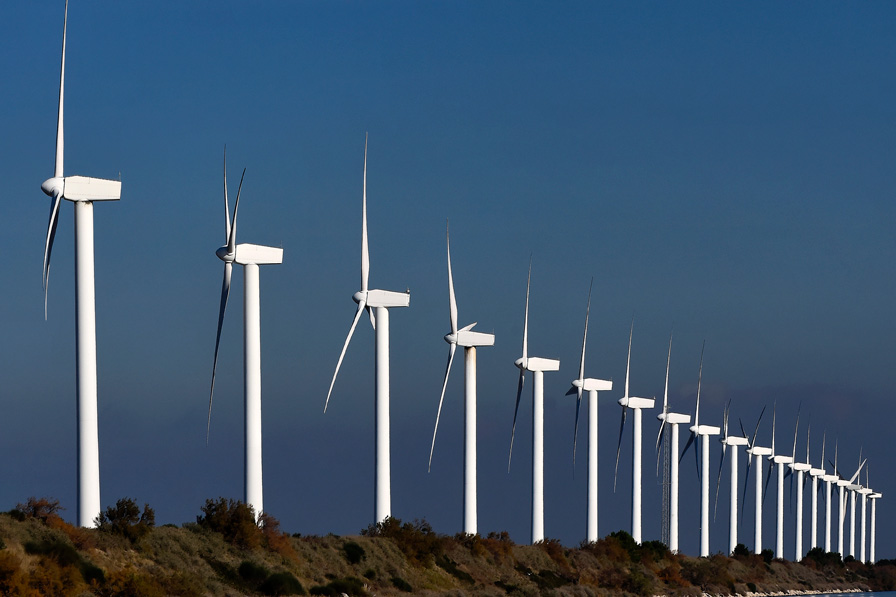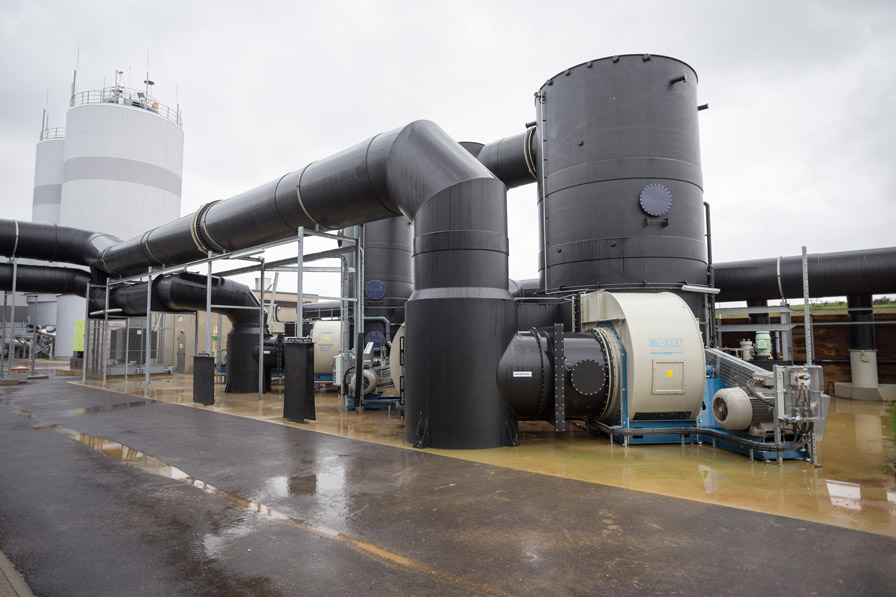We are inexhaustible energy

Locally produced, reliable and produced regularly, we are an inexhaustible and virtuous energy source. We can be injected into gas networks or stored.
With a supply of raw materials, within easy reach
L’approvisionnement nécessaire à la production locale de gaz renouvelables est disponible en grandes quantités et son potentiel fait l’objet d’une estimation en amont de tout projet. Elle est accessible dans un rayon proche des installations de production : exploitations agricoles, restaurants, industries ou, encore, stations d’épuration. La nature et les volumes des intrants (effluents d’élevage, déchets ménagers, résidus de culture, boues d’épuration, déchets solides et liquides non recyclables, etc.) représentent une source d’énergie potentielle quasiment inépuisable.
Production channels are adapted to different types of resources
Depending on the material available, different technical processes can be used to produce renewable gas. Anaerobic digestion makes it possible to recover organic materials such as livestock effluent, green waste, crop residues or household biodegradable waste. It consists of breaking down organic matter in the absence of oxygen. Pyrogasification converts solid waste that is rarely or inefficiently recovered, such as biomass residues, tyres and plastics, into an injectable gas by heating them at very high temperatures (between 800 and 1,500°C) with little or no oxygen exposure. Finally, hydrothermal gasification is used to treat liquid biomass waste and residues such as sewage sludge, effluents from industries (paper mills, agri-food, etc.), livestock effluent or digestates from anaerobic digestion. It consists of heating liquid biomass at high pressure (250 to 300 bars) and at high temperature (between 400 and 700°C) to produce a gas that can be injected into the networks.
Power-to-Gas, and how to store electricity
Power-to-Gas makes it possible to transform unused electricity, particularly surplus energy produced by intermittent energies such as wind or solar power, to produce hydrogen using electrolysis of water. Hydrogen can then either be injected directly into the networks or be combined with carbon dioxide (CO2) using a process of methanation, to obtain a synthetic methane that can be injected into existing networks.
Coordinating on production
As renewable gas is produced locally, the local authorities are therefore necessary stakeholders in the regional coherence of this project. For the local authority, a renewable gas production unit is an effective means of processing materials and waste locally, but also for generating wealth and jobs locally. Their involvement at different stages of the project relates to choosing a suitable sector that is in line with the environment, input management and production based on local consumption needs. Once injected into the gas networks, the energy produced can also be transported to a neighbouring region or it can be stored for consumption at a later date. Communication and consultation with local residents are also essential to explain the advantages and the challenges of the project at a municipal level.
Renewable gases are virtuous and inexhaustible energy sources, offering solutions to issues facing local authorities such as adding value to local resources, energy independence and economic development. They also contribute to reducing greenhouse gas emissions.

